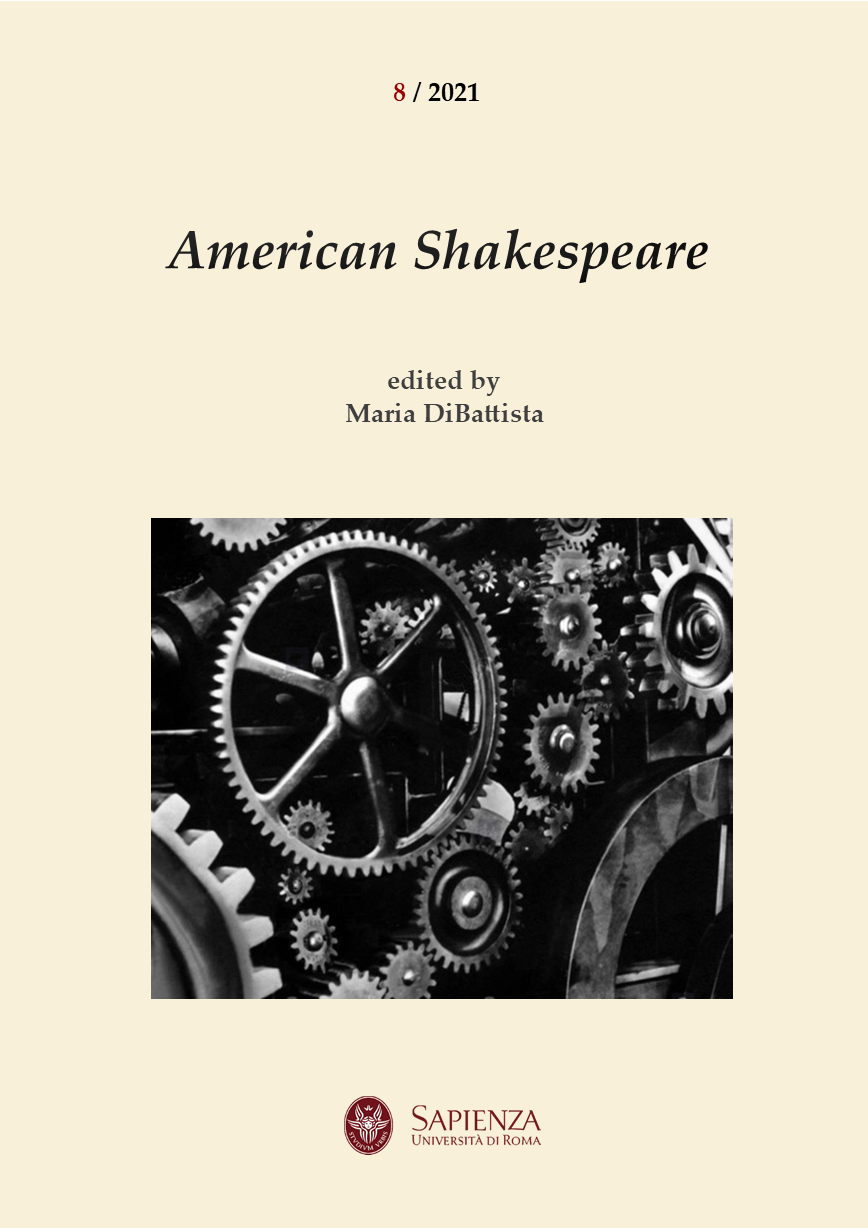Orson Welles’s Caesars
DOI:
https://doi.org/10.13133/2283-8759/17616Keywords:
Orson Welles, Julius Caesar, Everybody's Shakespeare, Death of a Dictator, Mercury Theatre on the Air, Spectacles of PowerAbstract
This essay examines Welles’s multiple, unstable versions of Julius Caesar: a work in progress in which the director-illustrator-actor-designer never ceased returning to and rethinking Shakespeare’s play and his own earlier conceptions, adaptations, research and creations, remediating them for new contexts, channels and audiences. Welles’s drawings integrate the words of the Everybody’s Shakespeare adaptations (1934), telling the Caesar story differently and gesturing towards possible future realizations. In New York, in 1937, his Mercury Theatre Caesar plays on associations with contemporary events through its casting, set design, music and lighting (inspired by the scenography and ‘cathedrals of light’ of the Nuremberg rallies). The orchestration of sound effects and voices in phonograph recordings and of music, narrative and acting in radio broadcasts translates the visual and kinetic vocabulary of his previous engagements into a choreography of sound. Juxtaposing the radio actors’ voices and the narration of Plutarch by a CBS news reporter brings different styles, tones and temporalities into uneasy contact. Placing Welles’s work in the context of earlier U.S. reception of Julius Caesar, I examine its dialectical relation with Shakespeare’s words and imagery and focus on the metatheatrical – or metacommunicative – aspects of his creations: spectacles of power for American audiences of the 1930s and early 1940s.


